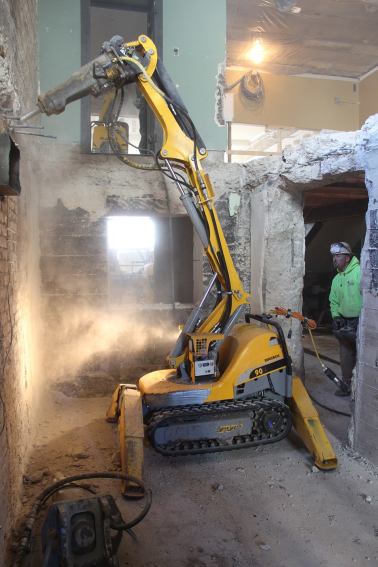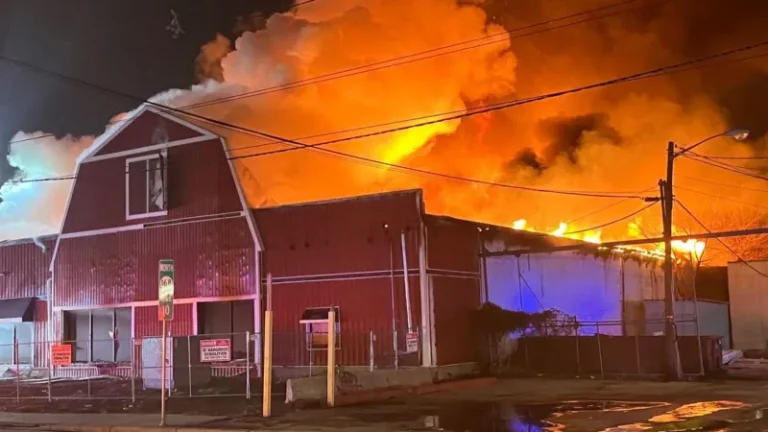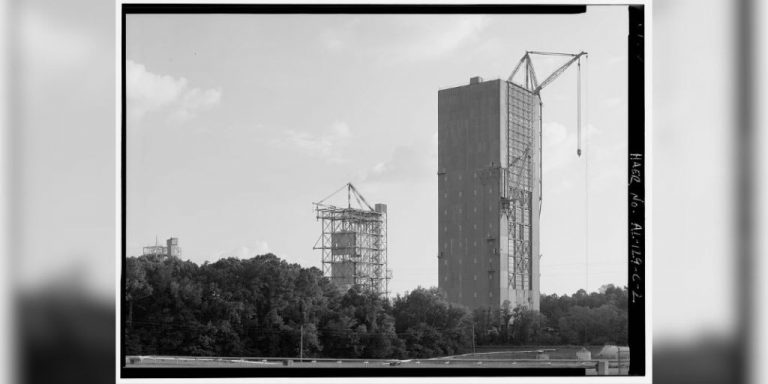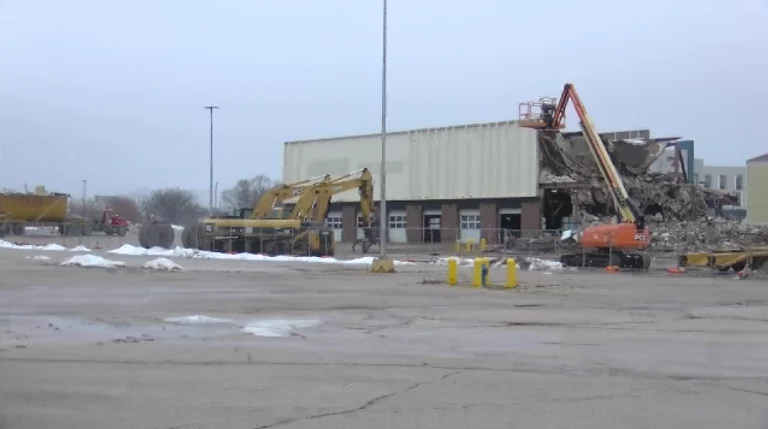
Two construction workers were severely injured by demolition robots in separate incidents, the Washington State Department of Labor & Industries reported in a recent construction hazard alert.
For a Limited Time receive a FREE Safety Special Report on the “50 Tips For More-Effective Safety Training.” Receive 75 pages of useful safety information broken down into three training sections. Download Now
The machines, also known as remote-controlled demolition machines, have three-part articulating arms powered by electric-controlled hydraulics. Both injured workers used remote controllers intended to keep workers outside the machines’ risk zone.Operator crushed between robot, wall
One worker was repositioning a machine when he bumped the remote control against the machine. The machine moved, pinning him against a wall.
The machine was fitted with a shear attachment to demolish an HVAC system, and the worker wore a waist-mounted remote controller connected to the machine by a wire. The worker had not put the machine into emergency stop mode before repositioning it.
He tried to free himself but lost consciousness. After multiple attempts, coworkers were able to rescue him, but the worker’s chest was severely crushed, causing him to be out of work for several months.
Operator’s foot crushed
An experienced construction worker suffered broken bones and nerve damage when a demolition robot crushed his foot. The worker on a generator installation project stood in a tight spot between the machine and an excavation wall.
The operator was using a machine with a breaker attachment to chip concrete. When he tried to apply more pressure on the tip of the breaker, the front of the machine rose up off the ground, suddenly shifted forward, and came down on his foot.
WA FACE offered several recommendations for using demolition robots at construction sites, including:
Preparing a job hazard analysis with operators for each job to identify and control hazards;
Using manufacturer’s safety instructions to establish the risk zone for the specific machine, attachment, and task;
Staying outside the machine’s risk zone when it is in operation and not entering until the machine is de-energized or put into emergency stop mode;
Considering the use of a proximity warning system, such as one based on radio frequency identification (RFID), to maintain a safe worker-to-machine distance;
Training operators to manage power cables and to continually monitor the demolition process for hazards and redefining the risk zone;
Ensuring operators always read and follow manufacturers’ safety instructions; and
Considering the use of a spotter to assist the operator.
OSHA may add robotics to lockout/tagout
The federal Occupational Safety and Health Administration (OSHA) issued a request for information this week on robotics safety. The agency may propose adding requirements for robotics safety to the control of hazardous energy (lockout/tagout) standard. Human-robot interactions have increased and include robotic exoskeletons worn by workers. OSHA is not the only federal agency examining robotics safety.
The National Institute for Occupational Safety and Health (NIOSH) created the Center for Occupational Robotics Research to research benefits and risks and develop guidance for safe human-robot interactions. NIOSH just signed a memorandum of understanding with North Carolina State University for collaborative research into robotics safety.
WA FACE is partially funded by a NIOSH grant.
The hazard alert was developed by Washington’s Division of Occupational Safety and Health and Fatality Assessment and Control Evaluation (WA FACE) Program.




